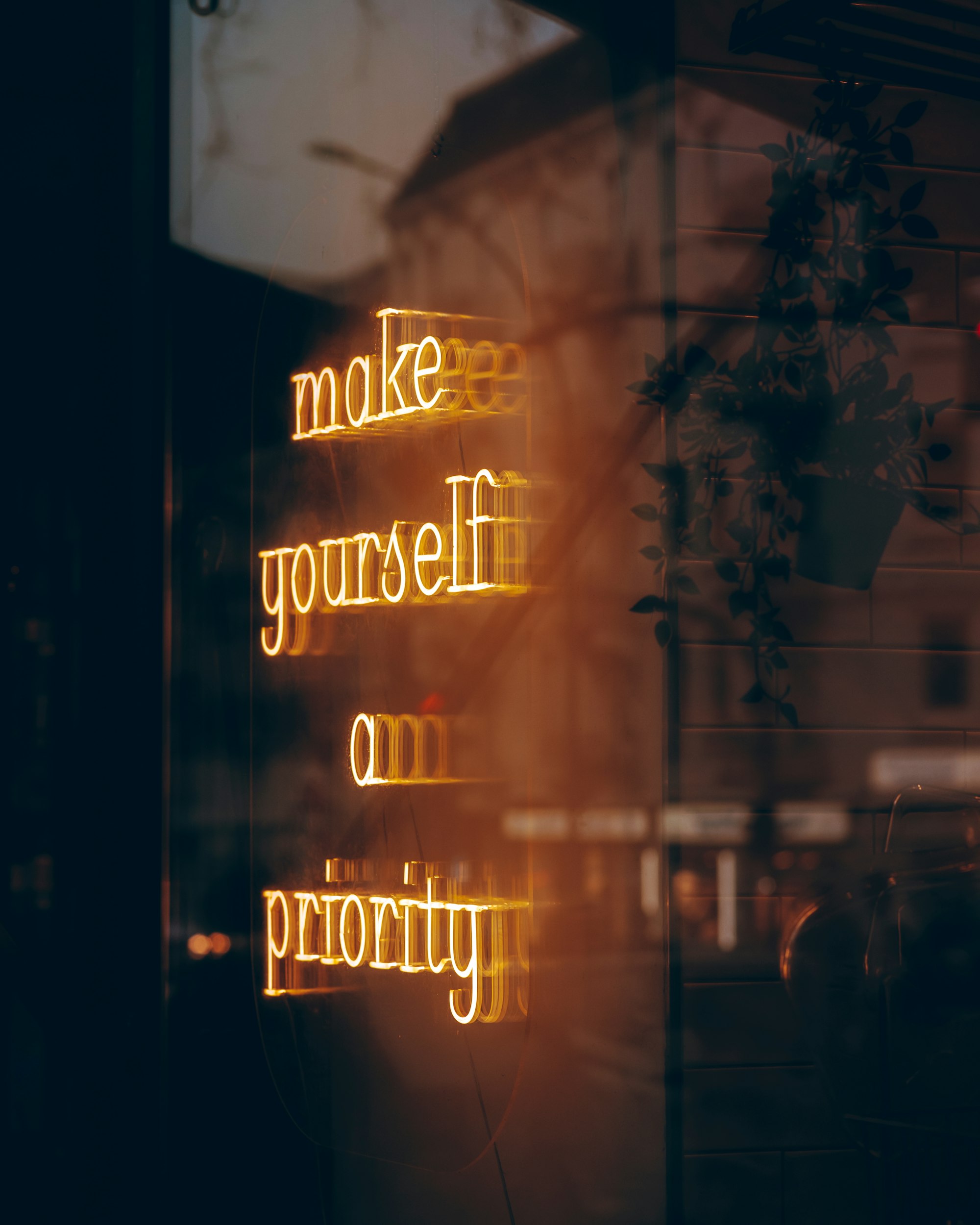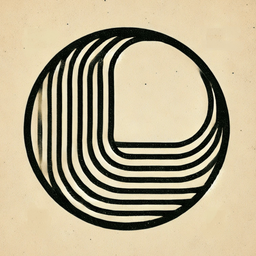Journaling Prompts for Overthinking: How to Get Out of Your Head
Learn 30 powerful journaling prompts for anxiety and overthinking, based on spiritual wisdom and research. Get thoughts out of your head, separate pain from story, and use write-and-release + declutter routines to calm your mind fast.

How to Stop Overthinking: A Practical Guide to Letting Go, Reframing, and Finding Peace
Overthinking is not intelligence. It’s a survival habit that overstayed its welcome.
Something happens—an awkward text, a silence, a glance—and your mind loops:
“Why did that happen?” “What does it mean?” “What if it happens again?”
That’s the loop. That’s the suffering.
Pain is inevitable. Suffering is optional.
And learning the difference is what sets you free.
This guide brings together timeless teachings—from The Bhagavad Gita, Buddhist wisdom, neuroscience, and modern psychology—to help you break the cycle.
You’ll learn how to write your way out of mental spirals, clean your environment to clean your mind, and shift from passive rumination to active peace.
1. The Shift from “Why Me?” to “What Now?”
Most suffering is narrative, not circumstance. The mind asks, “Why is this happening to me?”—a question that creates distance and helplessness.
But if you shift it to “What can I do about this?”, the story changes.
Instead of a victim loop, you create a learning loop.
Ask yourself:
- What skill is this asking me to develop?
- What wisdom does this moment contain?
- What is this reminding me that I’ve forgotten?
That shift doesn’t erase pain. It dissolves resistance to it.
Pain remains a teacher, not a prison guard.
As Jay Shetty said in his podcast On Purpose, “You will always have the pain. You don’t have to suffer from it.”
The key is learning to let go gracefully.
2. Impermanence: The First Door to Freedom
Everything changes. The seasons turn, feelings rise and fall, people come and go.
The Bhagavad Gita (2.14) says:
“The non-permanent appearance of happiness and distress, and their disappearance in due course, are like the appearance and disappearance of the winter and summer seasons.”
In other words, it rains, and then it doesn’t.
If you only feel happy when it’s sunny, you’re training your peace to depend on weather. If your peace depends on others’ validation, you’ll always be under someone else’s sky.
The Zen story of the farmer and his horse captures this wisdom perfectly:
- A farmer’s son finds a wild horse—villagers celebrate.
“Good thing, bad thing, who knows?” says the father. - The horse throws the boy, breaking his leg—villagers lament.
“Good thing, bad thing, who knows?” - Months later, war breaks out. All able-bodied men are drafted. The boy, injured, stays home.
“Good thing, bad thing, who knows?”
The point is not to stop feeling. It’s to stop labeling too soon.
When you label less, you suffer less.
Journaling prompts:
- What if this isn’t fully good or bad yet?
- What if I’m in the middle of a season, not the end of it?
- What is this season asking me to practice—patience, release, or courage?
Anxiety comes from urgency. Reflection creates space.
3. Writing to Release: How the Page Heals the Mind
Thoughts multiply in silence. But once written, they lose their charge.
Writing moves emotion from a mental loop to a physical surface.
Research supports this. A 2024 Nagoya University study found that participants who wrote down their angry thoughts and discarded the paper experienced a significant reduction in anger.
Those who kept the paper didn’t. Similarly, a 2012 Ohio State study showed that throwing written negative thoughts into the trash made people mentally discard them too.
The act of physical release matters.
Burn it. Rip it. Shred it. Throw it away.
When you release the page, your body believes you’ve released the emotion.
Try this:
- Write the exact thought looping in your mind.
- Name the emotion it carries.
- Destroy the page—tear, burn, delete.
- On a new page, write: “What remains when the emotion is gone?”
Layer one heals the nervous system.
Layer two integrates the insight.
Remember:
Venting pages are for the trash.
Insight pages are for the archive.
4. Outer Order, Inner Calm
Overthinking doesn’t just live in your head—it shows up on your desk.
Clutter is a form of mental noise.
Studies have found that:
- Clutter creates cognitive overload, dividing your focus.
- Messy homes correlate with higher cortisol levels, especially in women.
- Disorganized bedrooms lead to worse sleep, which fuels anxiety.
Your outer world mirrors your inner one.
Cleaning becomes meditation with movement.
The ritual:
- Journal → discard the vent page → clean one small area.
Three messages go to your brain at once:
- I processed it.
- I released it.
- I restored order.
As Marie Kondo says, “Tidying is a dialogue with yourself.”
A clear drawer can be a form of self-compassion.
5. Pain vs. Suffering: The Two Arrows
In Buddhist psychology, pain is the first arrow.
Suffering is the second.
The first arrow is inevitable: loss, embarrassment, rejection.
The second is self-inflicted: rumination, self-blame, replay.
When struck by the first arrow, pause before adding the second.
You don’t need to ask, “Why me?”
You can ask, “What is this showing me?”
A 2016 study in the Clinical Psychology Review found that acceptance-based therapies reduced emotional suffering by nearly 50%.
Participants who practiced mindful acceptance handled pain more effectively than those who resisted it.
Avoiding pain amplifies it.
Accepting pain transforms it.
Two-step practice:
- Stop — Visualize a bright red stop sign. This interrupts your automatic reaction.
- Shift — Ask a reframe question:
- What would a wise version of me do right now?
- How can I turn this into a lesson, not a loop?
- If I wasn’t upset, how would I respond?
This creates the mental space between stimulus and response—the space where growth happens.
6. Talk, Don’t Spiral
Most overthinking isn’t about logic; it’s about unspoken truth.
We argue with people in our heads instead of in real life.
We replay conversations we never had, write messages we’ll never send.
That’s the loop of mental avoidance.
It feels productive, but it’s self-protection disguised as thought.
If something keeps replaying, ask:
- Have I said what I needed to say in reality?
- Am I delaying a conversation to “avoid conflict,” which only makes it grow?
Remember:
True kindness lies in clarity of intention, not silence out of fear.
When you speak with honesty, the mind no longer needs to repeat the scene.
Resolution replaces rumination.
7. The 10-Minute Anti-Overthinking Journal
Use this once a day to untangle loops and ground your energy.
1. Trigger Capture (2 min)
Write: “What am I overthinking right now?”
Be concise: “Message from boss,” “Money,” “Friend not replying.”
2. Pain vs. Story (3 min)
- Pain: What actually happened.
- Story: What I decided it means.
Example:
Pain: I didn’t get a reply.
Story: I’m not important.
3. Impermanence Check (2 min)
Will this matter in six weeks?
Could this event turn out neutral or even beneficial?
4. Solution Shift (2 min)
What small step can I take right now?
What skill is this teaching me?
5. Release (1 min)
Tear or delete the vent page.
Keep only the clarity sentence.
Do this daily for a month and you’ll start seeing patterns—what triggers you, what grounds you, and what can finally be released.
8. 30 Prompts to Calm the Mind
For Anxiety
- What exactly triggered my anxiety today?
- Where do I feel it in my body?
- What fear is hiding underneath this?
- What part of this is actually in my control?
- What can I prepare so I don’t need to worry?
- What would “good enough” look like right now?
- Who or what calms me when I’m overwhelmed?
- What does this anxious part of me want to protect?
- What can I promise myself today that builds safety?
- What would I do differently if I trusted this feeling will pass?
For Overthinking
- What story am I telling myself about this event?
- What proof supports it? What proof doesn’t?
- What are three neutral ways to see this?
- How would I see this if I wasn’t exhausted or triggered?
- What am I trying to control that can’t be controlled?
- What conversation would end this replay?
- What truth am I avoiding saying out loud?
- What second arrow am I shooting right now?
- What physical act could symbolize release?
- What reminder would future-me leave me about this?
For Reflection
- What season of life am I in right now?
- What skill is this teaching me?
- What am I clinging to that has already served its purpose?
- What would happen if I stopped delaying the thing I fear?
- How could I respond with clarity, not silence?
- How does clutter in my space reflect clutter in my thoughts?
- What small area can I organize today to create calm?
- What am I afraid people will think if I say no?
- What’s the kindest truth I can tell right now?
- Where have I already survived something harder than this?
Pick a few, not all.
Doing all 30 is another form of overthinking.
9. When Journaling Isn’t Enough
Journaling helps regulate mild to moderate anxiety, but it’s not a substitute for therapy.
If you experience panic attacks, intrusive thoughts, or difficulty functioning for weeks, reach out for professional support.
You’re not broken—you’re human and in need of connection.
AI, journaling, mindfulness—they’re all tools.
But the human nervous system still heals best in the presence of another caring nervous system.
10. A One-Day Practice
Morning (7 min)
Ask: “What am I anxious about today?”
Separate pain from story.
Take one small action to prepare.
Tear up the anxious page.
Afternoon (3 min)
Clean one space. Breathe deeply.
Tell your body: “We live in order.”
Evening (7 min)
Reflect: “What skill did today ask me to build?”
“What can I let go of before sleep?”
Write it. Read it once. Tear the vent. Keep the wisdom.
Repeat daily.
Peace is not an event—it’s a habit of attention.
Conclusion: The Mind Becomes What It Reflects On
Every time you write, you choose what grows inside you.
Every sentence you put on paper teaches your mind a new pattern.
Journaling is not just recording life—it’s reclaiming authorship of it.
When you slow down enough to pause, write, and release, your nervous system learns a rhythm that is steady, spacious, and kind.
You stop rehearsing pain and start composing peace.
Pick one prompt tonight.
Not to fix yourself, but to remember who you are beneath the noise.
“Writing is thinking on paper.” — William Zinsser
Related Blog




